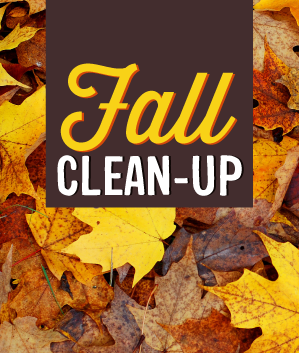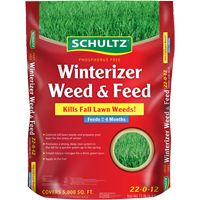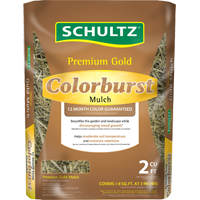
Keep Watering
For Plants: Although fall is when most of your plants go dormant, thriving plants still need water. Make sure to water all actively growing perennials and annuals as well as any container plants or garden beds. Tip: If you see the water completely soak into the soil, water again. For Trees & Shrubs: Make sure you keep watering your trees and shrubs well into autumn to avoid dehydration. You can keep watering after they go fully dormant, but you want to stop watering once the ground freezes to avoid attracting insects or disease.
For more information, check out our article: Fall Watering 101.
Divide and Cut Back Perennials
Fall is a great time to divide and cut back perennials that bloom in the spring or summer. This way they can establish a strong root system before they bloom the following year. Perennials perform better when they are younger or replanted, so it is a good idea to divide and cut them back every couple of years. This is also a cost-effective measure to add more beautiful plants to your garden!
Clean Out Garden
Now is the time to get rid of any annuals, especially fruit and vegetable plants, which are still in your garden. They create safe havens for insects in the winter and also attract diseases.
For more information, check out our article: Fall Cleanup Checklist.
Remove Weeds
Fall is the best time to get your weeding done because the weeds will not grow back until next spring. For Lawns: We recommend applying Winterizer Weed & Feed to your lawn after removing any weeds to ensure it will be weed-free when spring comes. For Gardens: We recommend applying a layer of mulch after weeding.
For more information, check out our article: Winterizer Weed & Feed 101.
Amend Your Soil
What many don’t realize is that fall is the perfect time to amend soil. The winter gives the amendments a chance to disperse throughout the surrounding soil, and the freezing and thawing of the ground works them in as well. Plus, by tilling the soil to apply amendments, you disturb the dormancy period for insects and grubs that could wreak havoc on your garden in the spring.
For more information on amending, check out our article: Evaluate & Improve Your Soil.
Protect Your Perennials
Protect your perennials from the harsh winter weather by applying a layer of mulch.
Plant Fall Bulbs
Plant your flower bulbs when the ground cools down sufficiently (evening temperatures between 40° to 50° F) or after the first frost of the season. However, make sure your bulbs are in the ground six weeks before the ground freezes. Note: If you live in the lower South where the ground doesn’t freeze, November would be a good time to start planting your bulbs. Tip: Try and plant your bulbs as soon as you get them. If you can’t plant the bulbs right away, store them in a cool dry place.
For more information, check out our article Fall Flower Bulbs.
Remove Leaves
Get rid of any leaves on the ground. If leaves are left on the ground they will smother your lawn, which can attract insects or cause diseases to arise in the winter and produce dead patches in the spring.
For more information, check out our article: Leaf Blowing Tips & Tricks.
Clean Up
Wash down patio furniture, gardening tools, etc. and store them until the following season.
Sit Back & Relax!
Enjoy your winter knowing your lawn will be ready-to-go once spring comes!











